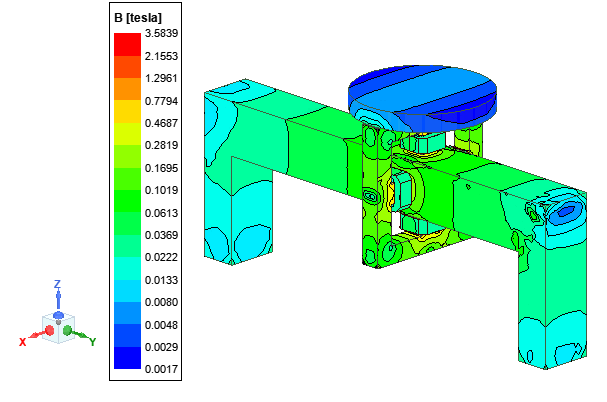Quadrupole Electromagnetic Linear Positioning System (QELPS): Optimal Design, Modelling and Analysis for Linear Motion Application
Main Article Content
Abstract
In linear motion systems, including linear motors and actuators, precise and controlled linear motion is provided for various applications. However, they have several drawbacks: high costs, complexity, limited stroke length, high energy consumption, speed limitations, heat generation, noise and vibration, limited load capacity, environmental considerations, and integration challenges. High costs are especially significant for applications requiring high precision. The components' complexity and additional control electronics can increase maintenance and trouble-shooting requirements. Ensuring accurate and efficient operation necessitates regular maintenance. The limitation in stroke length, determined by the drive's size and guide length, can pose challenges for applications requiring long strokes. High energy consumption can be a concern, and speed limitations may be challenging. Managing heat generation is crucial to prevent component damage. Noise and vibration can be problematic, particularly in quiet applications. Integration challenges can arise when dealing with complex systems or automation processes. To overcome some of these drawbacks, an innovative coil configuration design for linear positioning system applications is proposed. The proposed design focuses on the Quadrupole Electromagnetic linear Positioning System (QELPS), comprising four coils generating a uniform electromagnetic field to produce a Lorentz force on the slider. The QELPS design is meticulously crafted using 3D modeling in ANSYS software, and the magnetic characteristics indicate the potential for scaling this model to different levels. The power circuit of the QELPS is simulated using ANSYS Simplorer and incorporates silicon-controlled rectifiers (SCR) and a pulse width modulation (PWM) pulse generator. The design achieves a force of 27.6 newtons with the paper presenting current and force plots in comprehensive detail. Furthermore, an interactive design algorithm is introduced, facilitating the customization of this model for various linear track dimensions. This research aims to advance linear drive technology and enhance linear motion applications by developing this new coil configuration design and harnessing the Quadrupole Electromagnetic System.

